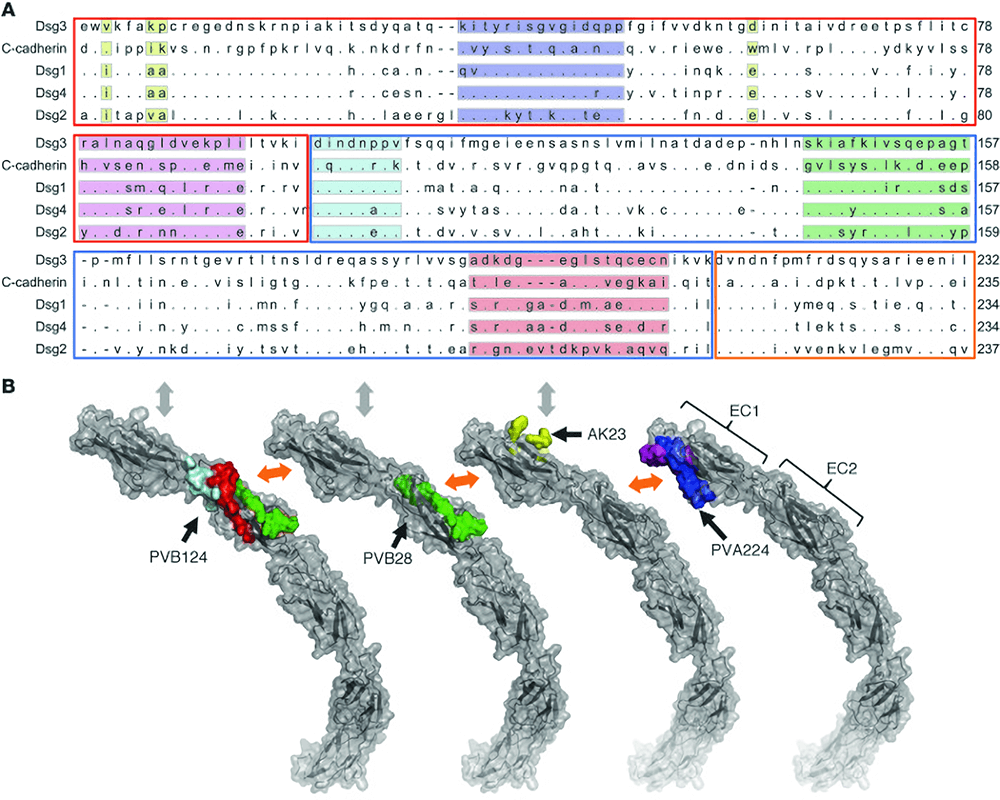NAA Epitope Mapping
Epitope mapping is an important method to identify the binding site or epitope of natural autoantibodies (NAA) on its target antigen, which can facilitate the discovery and development of new therapeutics, vaccines, and the disease diagnostics. Creative Biolabs is a world’s leading service provider in the field of comprehensive NAA detection, NAA profiling, NAA affinity measurement, NAA epitope mapping, etc. With years of experience and high-resolution analysis platform, our expert team offers the most professional solutions, the largest portfolio of premade or custom NAA products and services which will ensure the progress of our customers’ research.
Introduction
Introduction of Epitope Mapping
Epitope mapping is the process to identify the binding site or epitope of an antibody on its target antigen. Identification and characterization of antibody binding sites can promote the discovery and development of new therapeutics, vaccines, and diagnostics. Understanding the epitope characterization can also facilitate the mechanism of binding for an antibody and can strength intellectual property protection. These epitope mapping data can be combined with robust algorithms to help in the silico prediction of B-cell epitopes based on sequence and/or structural data. Generally, epitopes are divided into two classes: linear and conformational. Linear epitopes are shaped by a continuous sequence of amino acids in a protein. Conformational epitopes are composed of amino acids that are not continuous in the protein sequence but can come together upon three-dimensional protein folding. B-cell epitope mapping studies indicate the most interactions between antigens and antibodies, particularly autoantibodies, depending on binding to conformational epitopes.
Service Category
Methods of NAA Epitope Mapping
The methods of NAA epitope mapping provided by Creative Biolabs include but not limited to the followings:
X-Ray Co-crystallography and Cryogenic Electron Microscopy (cryo-EM)
X-ray co-crystallography is a technique used for determining the atomic and molecular structure of a crystal. After a measure of the angles and intensities of these diffracted beams, a crystallographer can obtain a three-dimensional picture of the density of electrons within the crystal. It has been considered as the gold-standard approach for epitope mapping because it allows direct visualization of the interaction between the antigen and antibody. Cryo-EM can also provide high-resolution maps of antibody-antigen interactions.
Array-Based Oligo-peptide Scanning
This technique is also known as overlapping peptide scan or pepscan analysis, which uses a library of oligo-peptide sequences from overlapping and non-overlapping segments of a target protein, and tests for their ability to bind the antibody of interest. This method is fast, relatively inexpensive, and specifically suited to profile epitopes for a variety of candidate antibodies against a given target. The number of overlapping peptides decides the resolution of epitope mapping.
Site-Directed Mutagenesis Mapping
In site-directed mutagenesis (SDM), systematic mutations of amino acids are introduced into the sequence of the defined target. Antibody binding to each mutated protein can be tested to identify the amino acids that form the epitope. This technique has great advantages because of the fitness to both linear and conformational epitope mapping. Thus, it is suitable to test a small number of amino acid residues.
Other methods we can provide include high-throughput shotgun mutagenesis epitope mapping, hydrogen-deuterium exchange, cross-linking-coupled mass spectrometry, yeast display, phage display, and limited proteolysis.
 Fig.1 Epitope mapping of 3 pathogenic antibodies.1
Fig.1 Epitope mapping of 3 pathogenic antibodies.1
Key Features
Features of Our Platform
- Low sample consumption
- Few handling steps
- High specificity and precision analysis
- Timely and cost-effective
Resource
Creative Biolabs is a professional NAA services provider to help worldwide clients detect NAA repertoire during disease diagnosis and treatment using various epitope mapping methods in a timely and cost-effective manner. Our high-quality services will contribute greatly to the success of your projects. Please feel free to contact us for more information and a detailed quote.
Reference
- Veronica, C.; et al. Autoantibody Epitope Mapping By Hydrogen-Deuterium Exchange Mass Spectrometry at Nearly Single Amino Acid Residue Resolution Reveals Novel Exosites on ADAMTS13 Critical for Substrate Recognition and Mechanism of Autoimmune Thrombotic Thrombocytopenic Purpura. Blood. 2014, 124(108).

